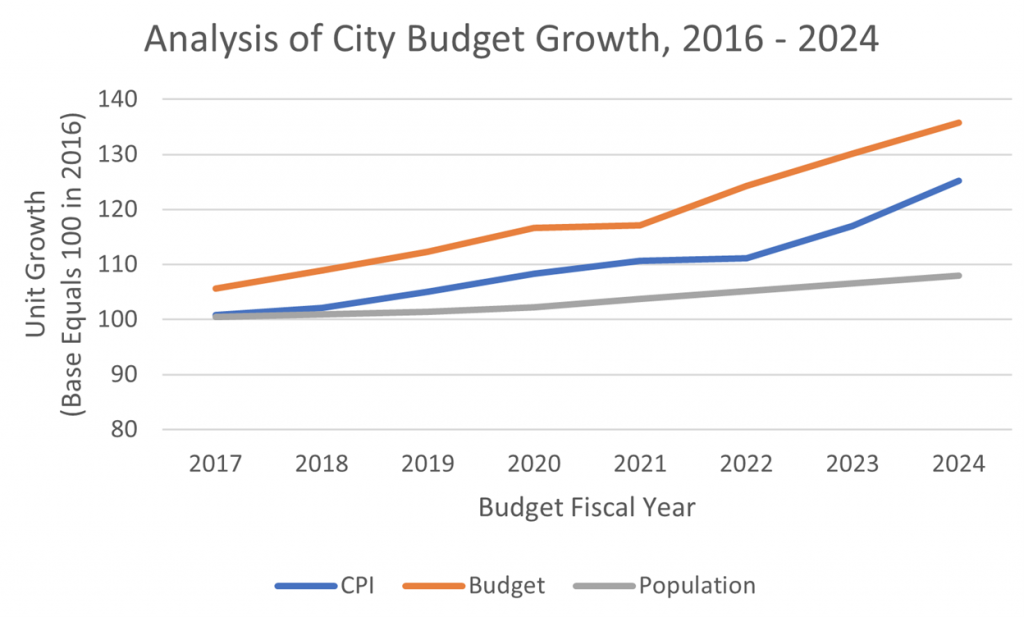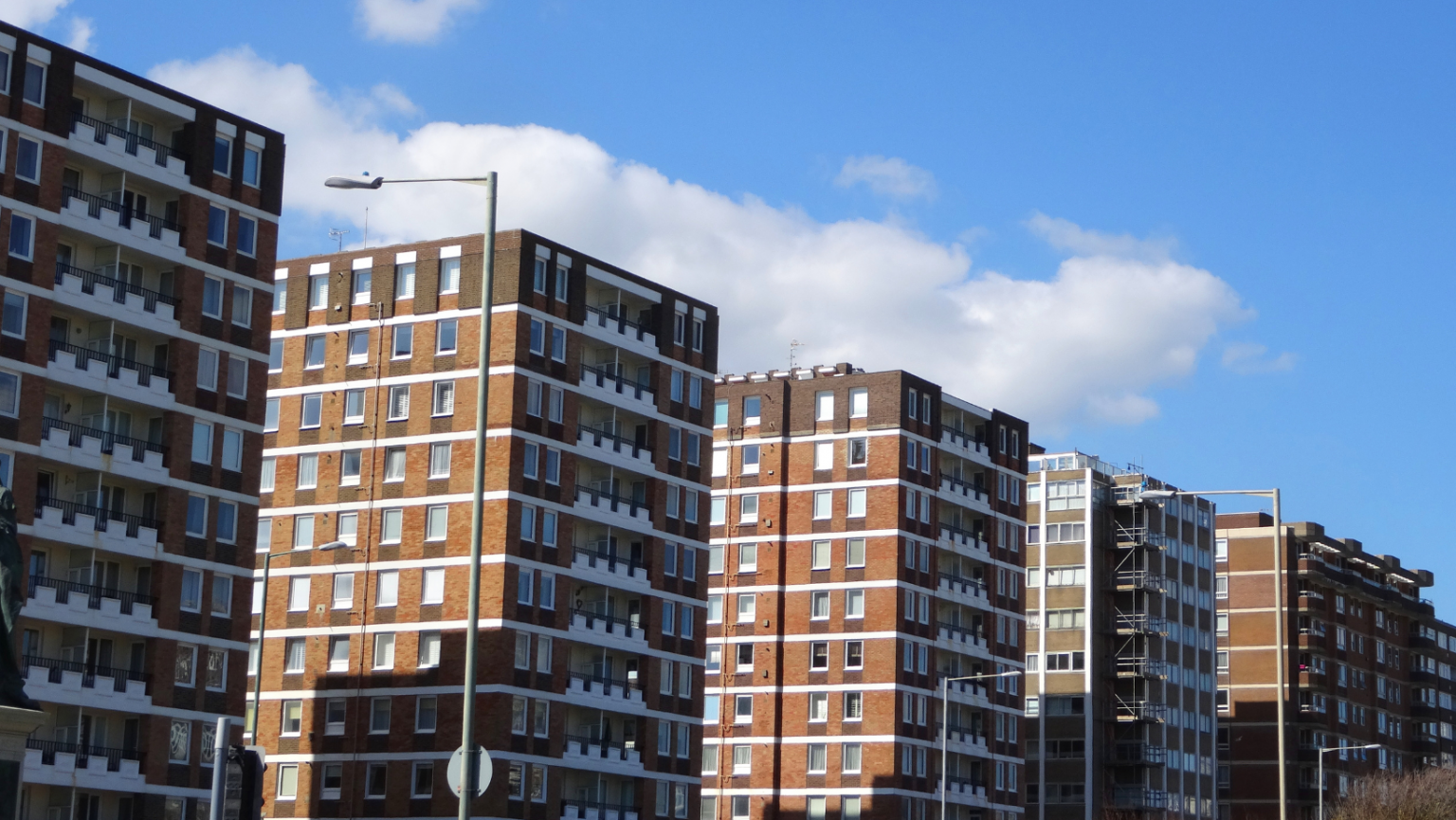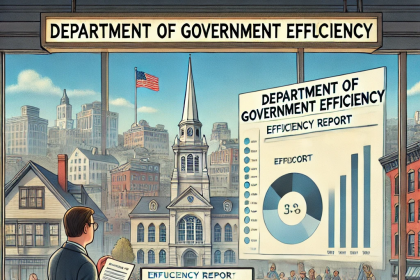Which Comes First? Affordability or Climate Change
By Buck Fuller
At the installation of the new City Council, the Mayor defined the two major themes of his coming two-year tenure: affordable housing and climate change. We write a two-part response, first addressing affordable housing. The second part is closely related. It addresses climate change.
Is one more important than the other? Does one take precedence over the other? Or are they entwined in critical ways that our City management and leaders need to consider?
Tackling Affordability
Affordability of housing is important for those who want to buy a house. Perhaps more importantly, though, affordability is important for those who want to stay in the home they currently rent or own.
We would postulate that the latter group’s concerns are more important than the former group’s concerns. If cost pressures drive out existing homeowners from their homes, the complexion of the neighborhood changes dramatically.
Gone are the older residents of modest means in favor of younger and wealthier homebuyers. We potentially lose the City’s original middle class.
What are some of the main drivers of cost pressures? Clearly, taxes loom large. Look at how Portsmouth’s budget has tracked over the past nine years. If the budget has tracked this way, the City’s taxes, which support the budget, must follow.

The City’s budget growth has outstripped Portsmouth’s population growth by a wide margin. The City becomes more expensive on a per capita basis each year, suggesting poor planning and budget control.
Over the past nine years, the budget has grown faster than inflation for the same period. Some years, inflation has grown faster, such as in fiscal year 2022 and 2023. Other years, it has grown more slowly. On balance, the cost pressures from a growing City budget and taxes exceed inflation.
The Impact of Growing Costs
If you rent, you might not think you feel the effects of rising taxes from growing budgets. But the landlord absorbs these costs and passes them on to you, the renter. So, your rent increases to help the landlord pay for the higher costs.
As a homeowner, you feel the effect of rising taxes and growing budgets more directly. You have to come up with the money to pay for the increased taxes assessed on your home.
Many existing homeowners, especially those on fixed incomes, have few options to meet these higher costs. Ultimately, they must sell and move to less expensive housing. Their home has become unaffordable.
The Less Wealthy Leave, and the Rich Get Richer
As existing homeowners move out, their homes are sold, often to developers who carve up the houses into condos or apartments. Wealthier individuals buy these and establish new homes in the City.
There is a broad turnover of the housing stock and the City population shifts.
The chart below from the St. Louis Federal Reserve shows the effect of the changing population for Rockingham County. Portsmouth is a significant part of Rockingham. The same pattern shown here for Rockingham County exists across New Hampshire.
The vertical axis of this chart shows a ratio of incomes for the bottom 20%, or quintile, of the County’s population versus the top 20%, or quintile, of the County’s population. The horizontal axis are the years for which the analysis is done. So, in 2010, the top quintile earners had incomes that were about ten times what the bottom quintile earned. By 2022, this difference between the top quintile and bottom quintile grew to 11.4 times.

Source: Federal Reserve Bank of St. Louis
https://fred.stlouisfed.org/series/2020RATIO033015
You can see the clear growth in income inequality for the County. The top quintile is becoming richer faster than the bottom quintile is. In other words, the disparity between the wealthiest quintile and the least wealthy quintile has increased.
Here’s an Example
Let’s walk through an example. Back in 2010, the income difference for the top quintile of the County population was ten times the size of the average income for the bottom quintile of the County population. In other words, the bottom quintile might have earned $15,000 while the top quintile earned $150,000.
In 2022, the top quintile average income was 11.4 times the bottom quintile. Let’s say the $15,000 average income of the bottom quintile in 2010 had grown to $20,000, which is a growth rate of about 2.5% per year. The top quintile average income grew over that same period of 12 years to $228,000. The rich got richer.
That large top quintile income growth might reflect an influx of people moving into the City who are wealthier. Or it may be because the top quintile tends to receive better salary increases or promotions. In any case, the top quintile’s income growth was 3.5% rather than the bottom quintile’s income growth of 2.5%.
Who Hurts and Who Doesn’t?
These wealthier taxpayers are less hurt by expanding City budgets. In fact, they might welcome such expansion, because the City can then provide attractive new services and facilities, such as climate action plans.
But the least wealthy cannot afford these features. They feel pinched. They feel that Portsmouth has changed, and not for the better. They decide to sell, hoping to find something cheaper elsewhere.
The Real Affordability Issue
This is what housing affordability is really about for those who are simply trying to stay in the same homes they’ve owned for decades. It’s not about finding small housing units for waitstaff within walking distance of Jumpin’ Jay’s. It’s about preserving the City’s essential middle class before it is priced out of existence. The health of our middle class defines the health of our community.
Our Part II looks at the City’s response to climate change, but through the lens of affordability. After all, what good is it to institute changes to the City to address climate change when no one can afford to live here?











